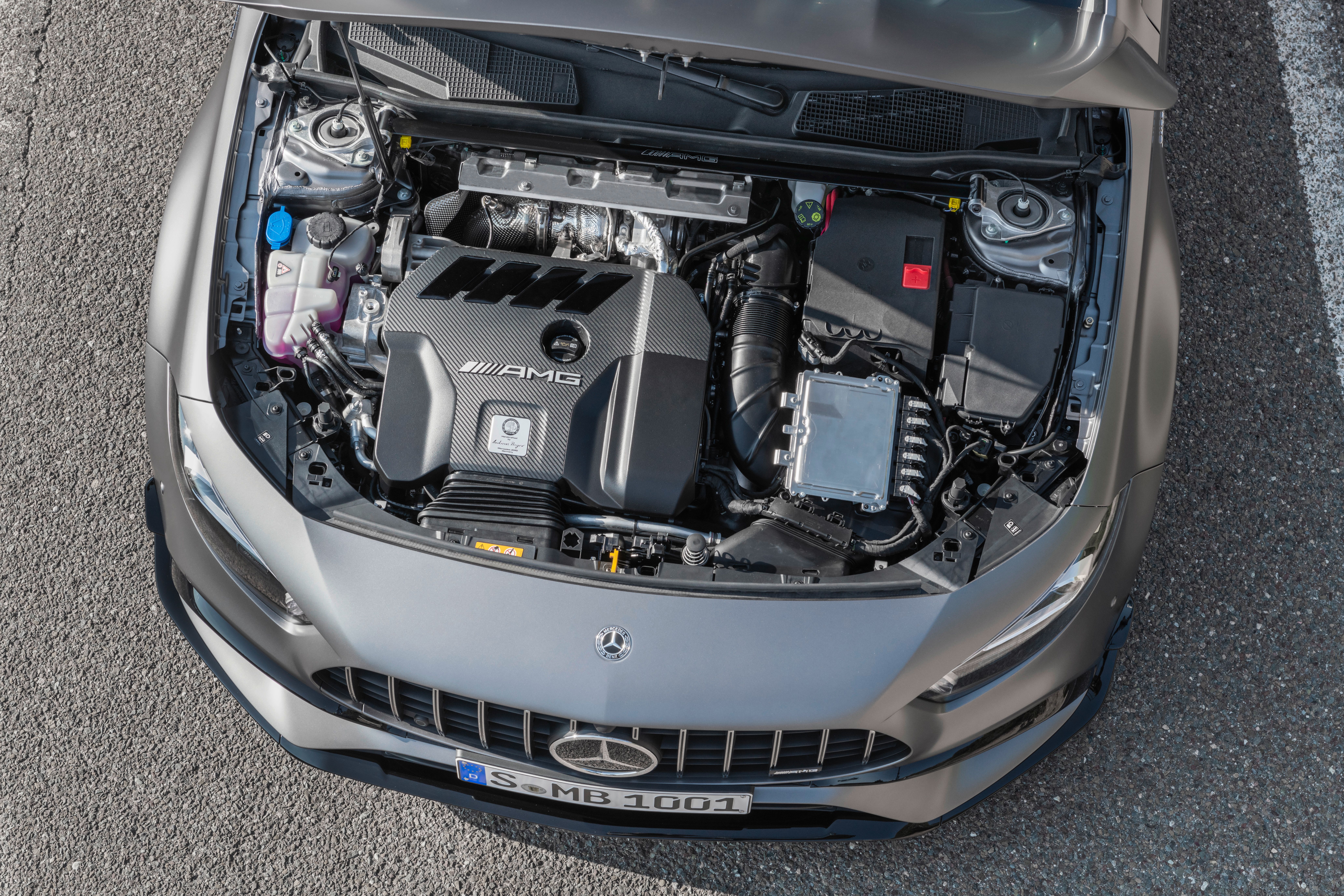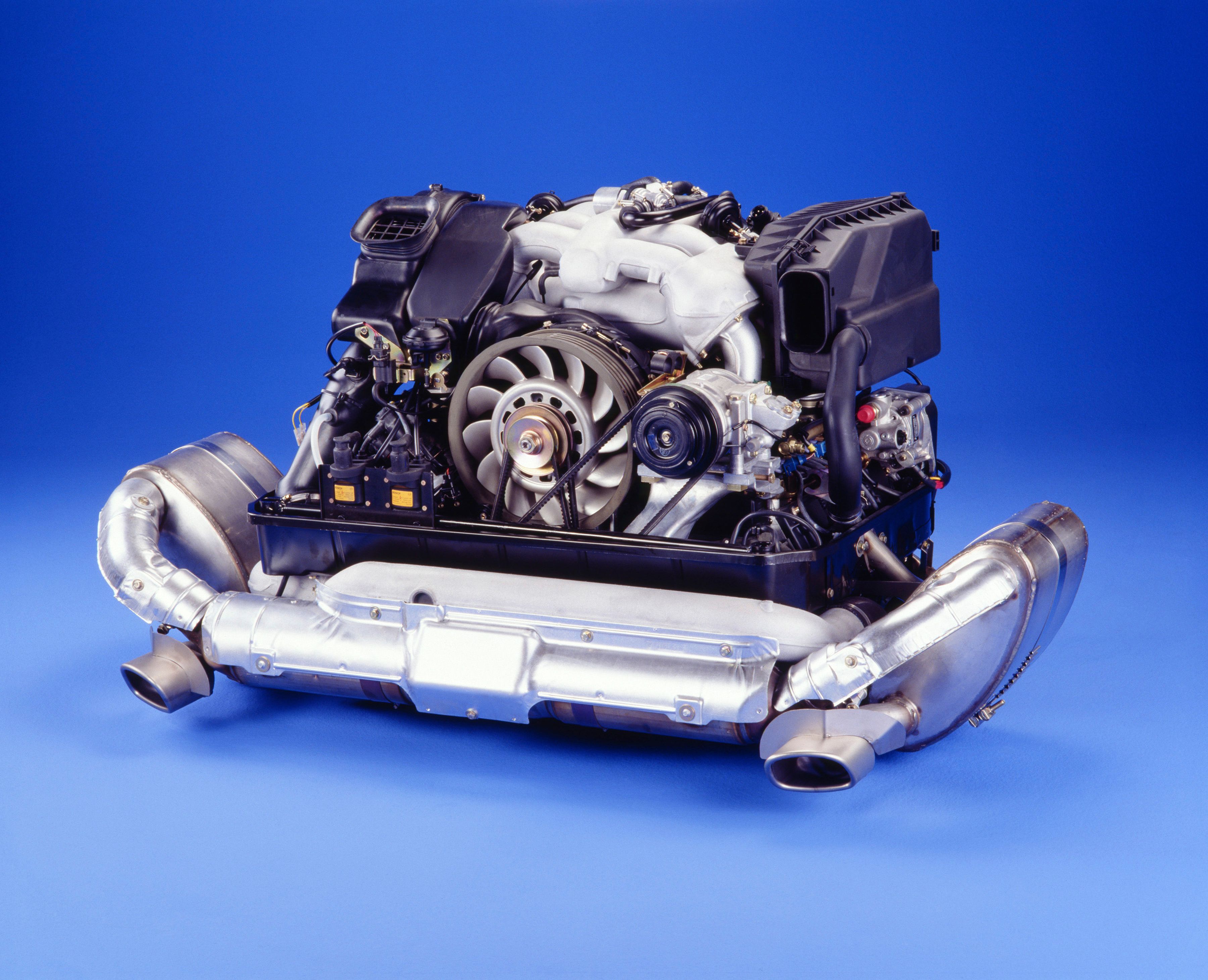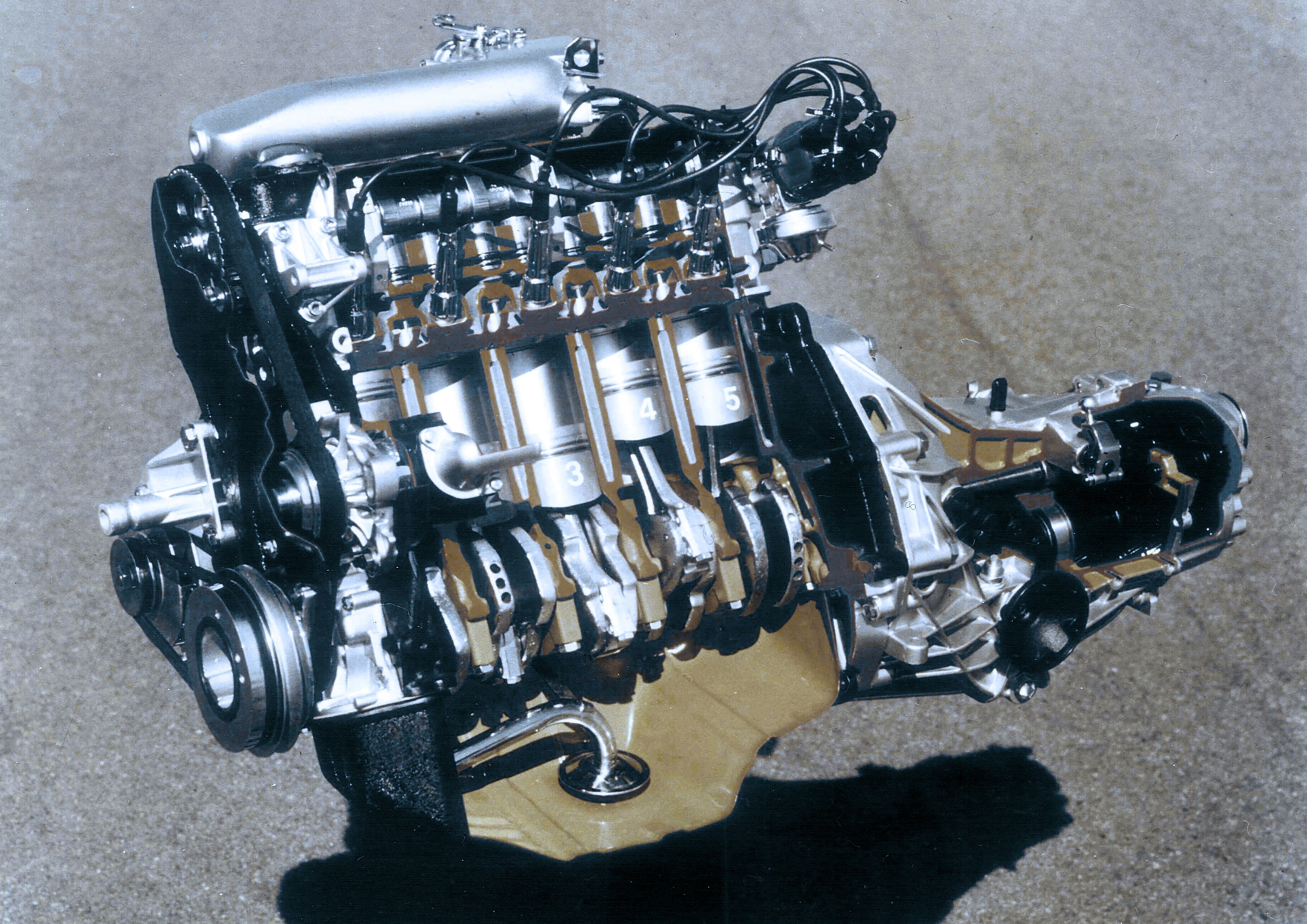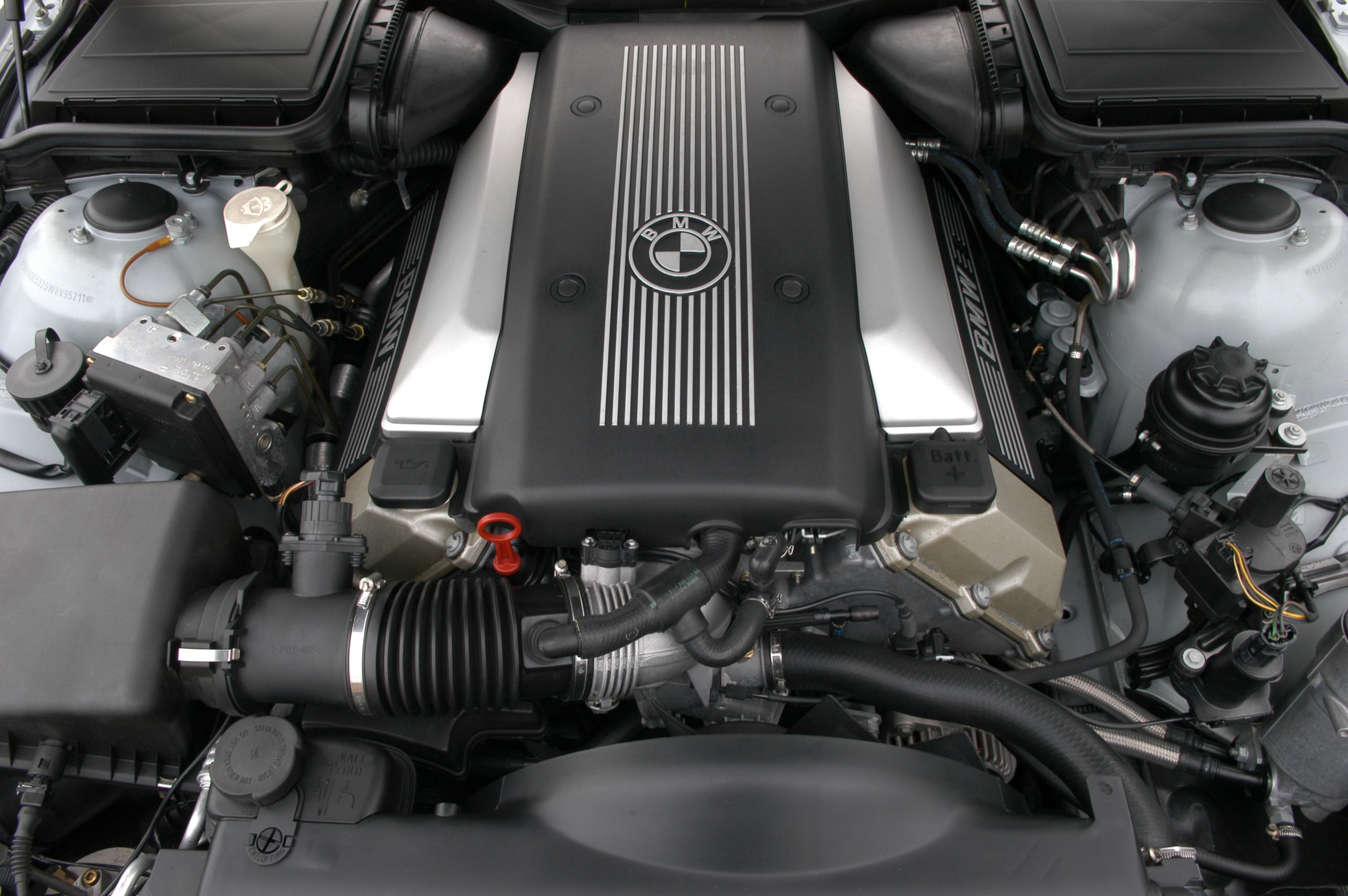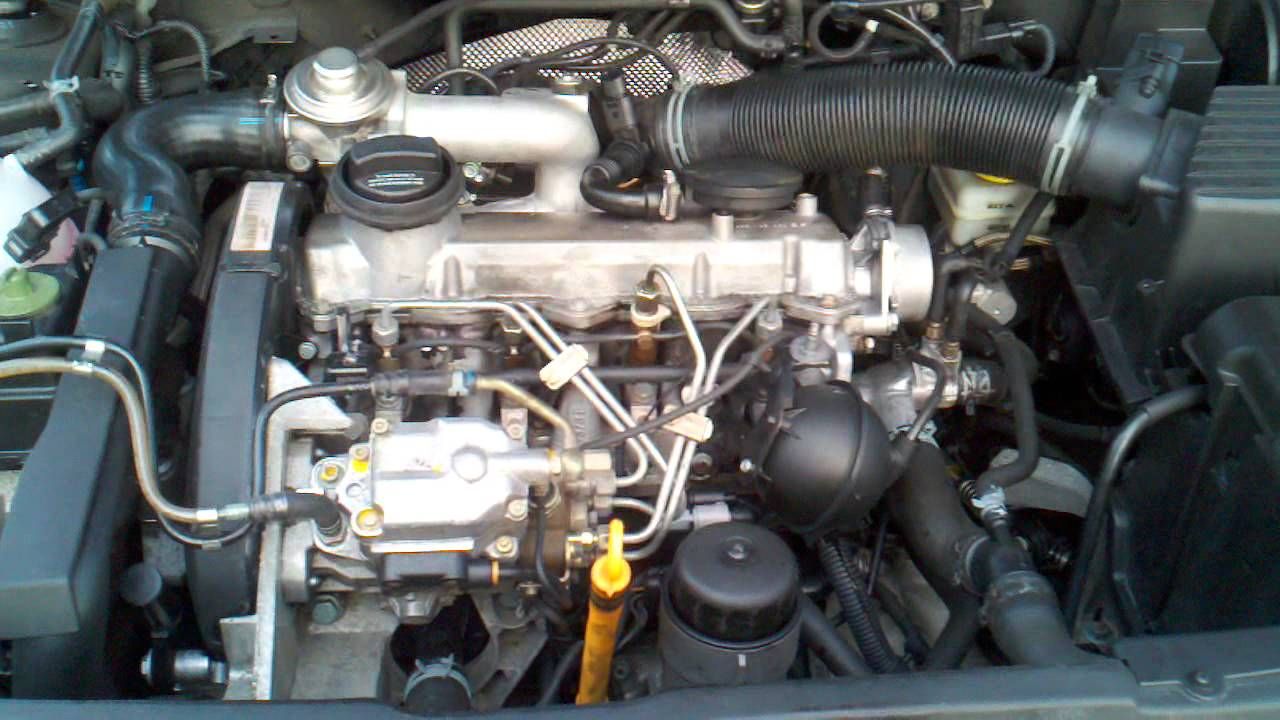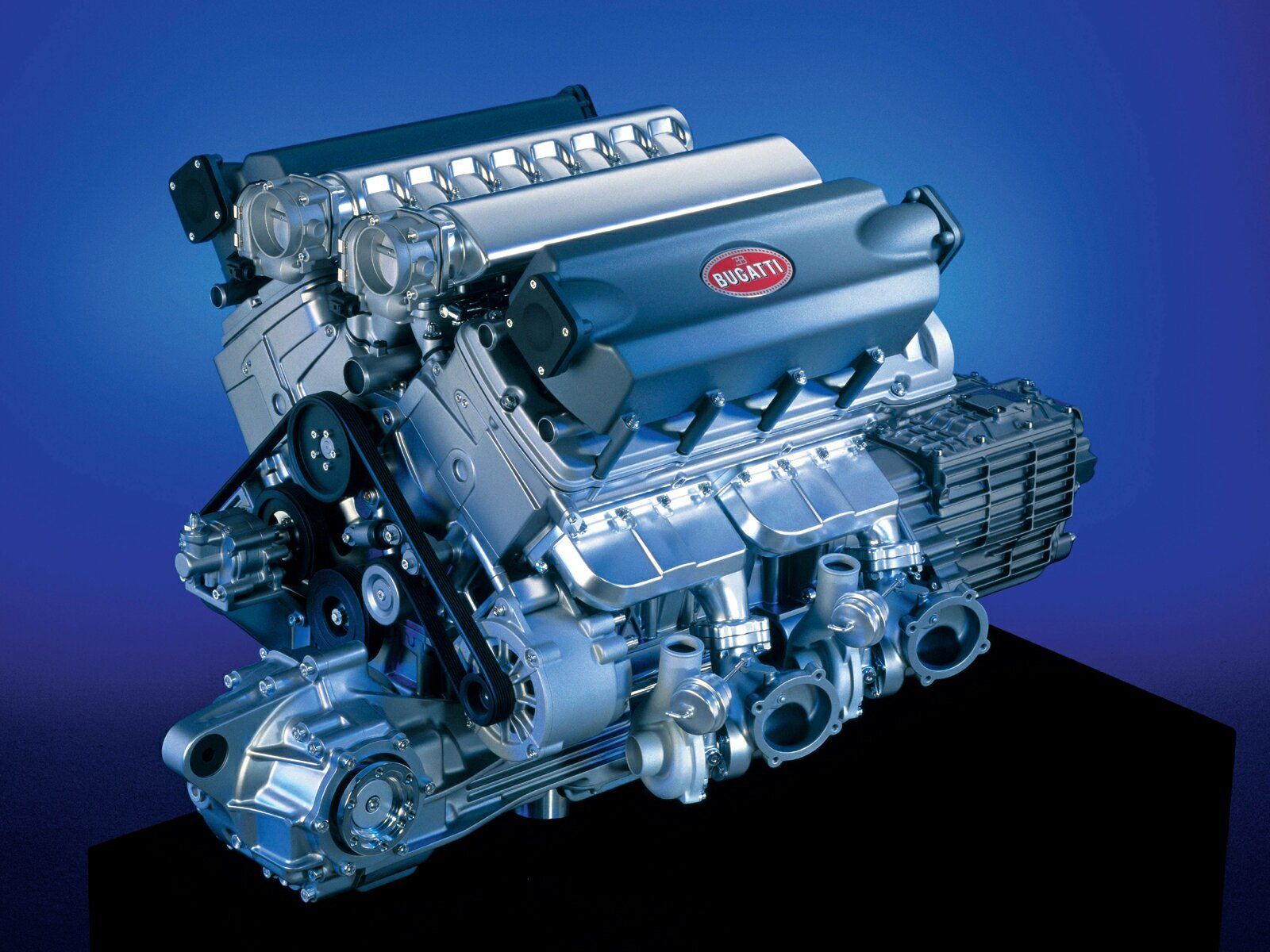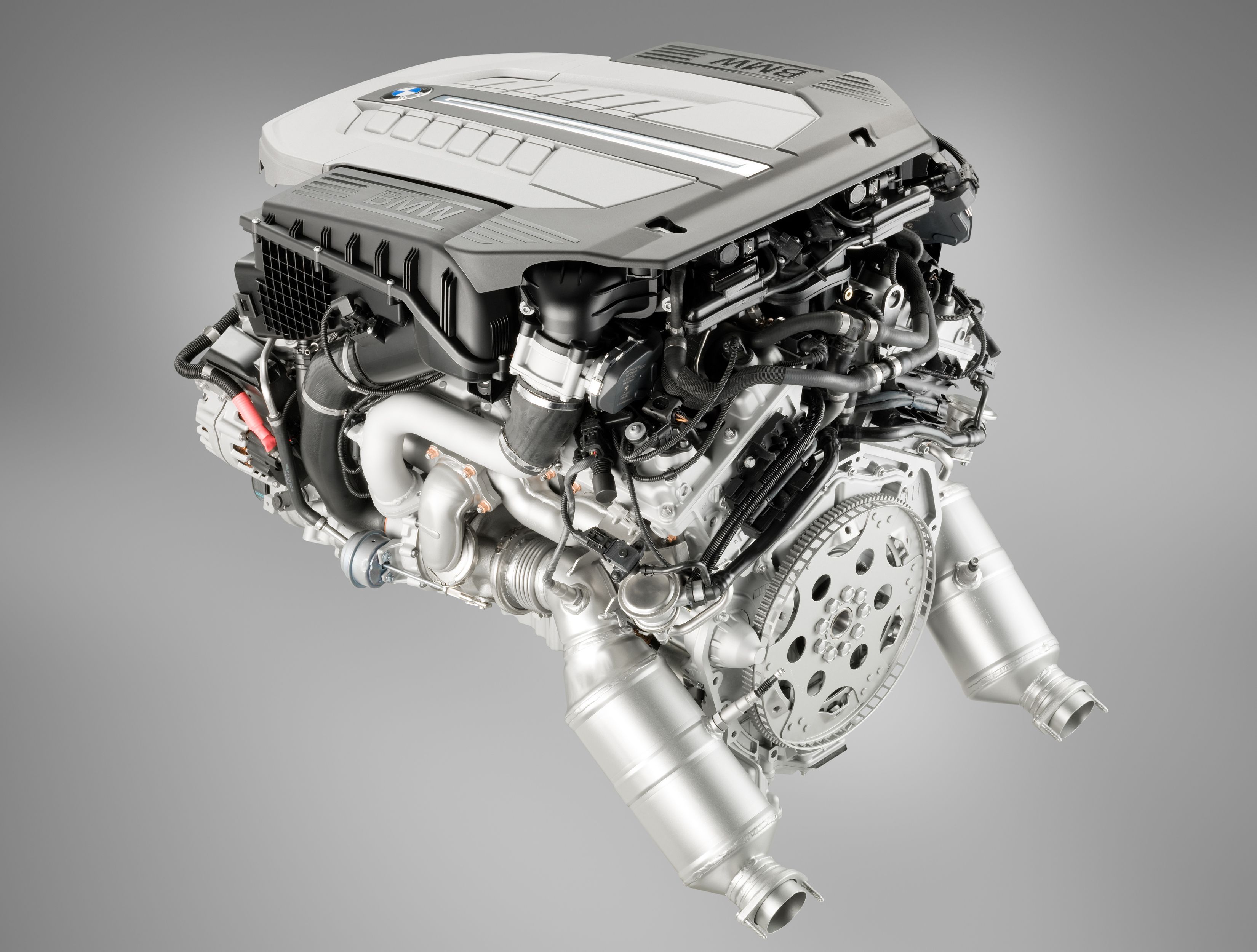German engineering has been severally praised for being some of the best in the automotive world. It may have something to do with the fact German automakers do not generally compromise on anything. Germany is also the home of some of the best automotive brands, including Mercedes, Volkswagen, and Audi. It goes without saying that performance is one of the reasons behind this, so German engines are thought of as engineering marvels. The following are some of the best engines German brands have provided the market.
Mercedes M139
The M139 is a 2.0-liter turbocharged four-cylinder engine offered in the AMG A45 hatchback and the GLA45. It is a development from the previous engine, the M133, which was the most powerful four-cylinder engine. The new iteration is available in two versions, one rated at 382 horsepower for the base level and 416 horsepower for the S trim. AMG opted to switch the intake and exhaust routing, so the transversely mounted engine had the intake to the front with the manifold and turbo set against the firewall. It resulted in a straighter and less restrictive intake route. Like other AMG engines, the M139 is hand-built by specially trained technicians as part of the ‘One Man, One Engine’ philosophy.
Porsche 3.6-liter flat-six
The twin-turbocharged Porsche engine is the last air-cooled 911 powertrain. Porsche initially designed flat-four engines for Volkswagen and the 912 models. Porsche opted to add two more cylinders for the 911, which is how the flat-six was created. Even though there was no turbocharging at first, the power raised significantly, so the base Carrera made 247 horsepower. The 911 was also the first to have a six-speed manual transmission instead of the previous five, meaning it was quite the grand tourer. The engine could provide significant levels of power and high reliability.
Audi R5
The R5 was the engine used in the Quattro, one of the most iconic rally cars of the 80s decade. The Audi Sport Quattro had a modified 2.1-liter inline five-cylinder power plant which produced 470 horsepower. However, the input was probably more than 500 horsepower considering the turbocharger had a recirculating air system that functioned to reduce the turbo lag. Its five cylinders allegedly fired one after another as opposed to gaps between bursts which means the engine had a smoother power delivery than other engines. The Quattro engine was then able to propel the car from 0 to 60 within 3.1 seconds, which was staggering for a rally car at the time.
BMW M62
The M62 was the engine of choice for the late 90s 5 Series and 7 Series, as well as the 2005 Range Rover. It was a large 3.5 to 4.8-liter capacity V-8 that represented the pinnacle of BMW performance in the early 21st century. These generated between 232 and 370 horsepower and featured a Bosch Motronic ECU, making it easy to tune. The engine is also reliable, probably because it did not have complicated fuel pump assembly systems or timing belts. The belt was in a line, so it would not cause significant issues if it let go.
Volkswagen ALH TDI
The million-mile Volkswagen engine was used for several mainstream models, including the Beetle, Passat, and Jetta, which are very popular in the market. These engines were only offered with a 1.9-liter, four-cylinder displacement and direct fuel injection. The success behind the engine probably lies in the exhaust manifold and block construction from cast iron. They not only became popular because of their reliability but also the fuel economy that could be achieved. For example, the diesel Jetta TDI’s can do 42 miles per gallon on the highway. It is not uncommon to see diesel-powered Volkswagens still running with 500,000 kilometers on the odometers as a testament to its reliability. Dismantled ALH diesel engines that have run for hundreds of thousands of miles have featured little wear even if they were not well maintained.
Volkswagen Group 8.0 W-16
The W-16 engine is the engine Volkswagen uses for the Bugatti Veyron and Chiron. Judging from that statement, it is safe to assume the engine is not only one of the rarest in production but also one of Volkswagen’s more ambitious offerings. It is a 16-cylinder piston system in a W configuration. The weight alone is 400 kilograms and it produced 987 horsepower in the Veyron, while the Chiron has 1500 horsepower. Volkswagen designed the W-16 engine for excess hence the mind-boggling power rates. Both the Veyron and the Chiron are two of the most powerful road-legal vehicles at present.
BMW N74
The N74 is the latest iteration of BMW's V-12 engine. Produced in 2008, it represents the best of BMW engineering in terms of power and reliability. The N74 is a direct injection petrol engine with two Garett turbochargers, developed specifically for the engine and mounted below the cylinder banks. The N74 is also the first engine that was linked to an eight-speed ZF automatic transmission. The first and most common version of the N74 was the 6.0-liter N74B60 that produced 536 horsepower.

